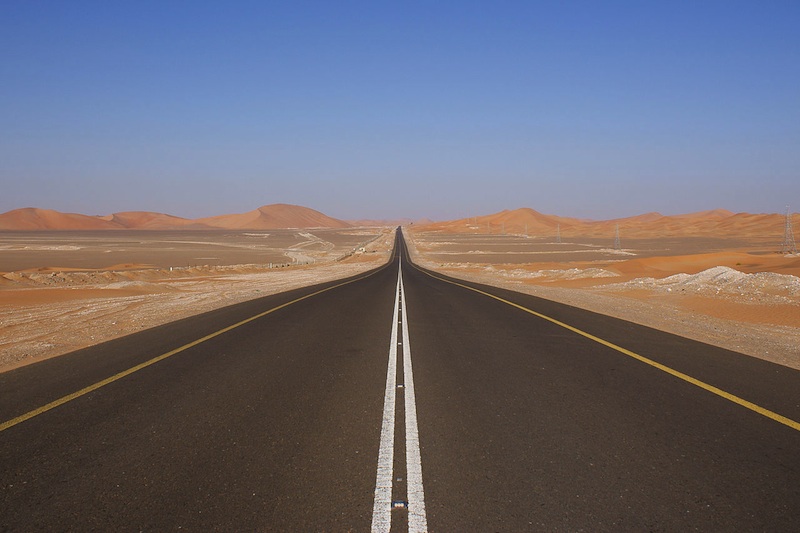World in motion: Global transportation set to double


Global passenger and freight travel will double within the next four decades, posing huge challenges for energy, CO2 emissions and land use.
So says a new report from the Paris-based International Energy Agency. It notes that most of the expansion will be in rapidly growing countries like China and India and other nations that are not part of the 34-country Organisation for Economic Co-operation and Development (OECD), with which the IEA is affiliated.
"In order to accommodate this growth, it is expected that the world will need to add nearly 25 million paved road lane-kilometres and 335 000 rail track kilometres," IEA says in a summary of its report. "In addition, it is expected that between 45,000 square kilometres and 77,000 square kilometres of new parking spaces will be added to accommodate vehicle stock growth. These land transport infrastructure additions, when combined with operations, maintenance and repairs, are expected to cost as much as $45 trillion by 2050."
The report's executive summary notes that energy consumption and emissions will increase by 80 percent under current fuel efficiency policies, and 40 percent under tighter fuel policies - neither of which would limit global warming to the EIA's 2 degrees C scenario. The IEA has said in the past that the world is on a catastrophic trend of warming by 6 degrees C by the end of the century, and that it needs to cap the warming at 2 degrees C.
Perhaps it's time to pick up the pace on all those transportation alternatives. Vaccum trains anyone? How about nuclear powered railways?
Photo of UAE desert road from Nepenthes via Wikimedia
Transportation alternatives:
- India's nuclear powered railway
- Supersonic tube travel challenges high-speed rail
- China mulls nuclear ships for polar routes
- Believe it or not: Icelandic geothermal to power European cars
- Green commuting: In London, swim to work
- Air power: UK company pulls gasoline from the ether
- New York to London in an hour - by train
More IEA perspective:
This post was originally published on Smartplanet.com